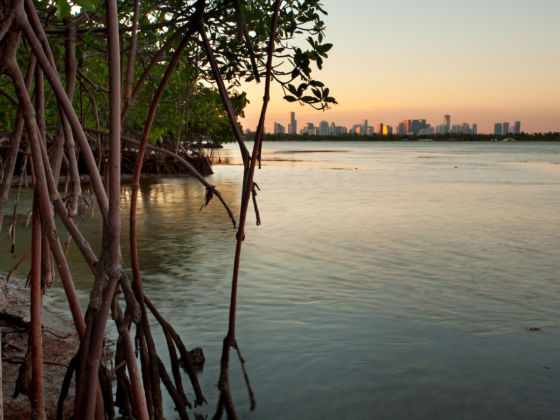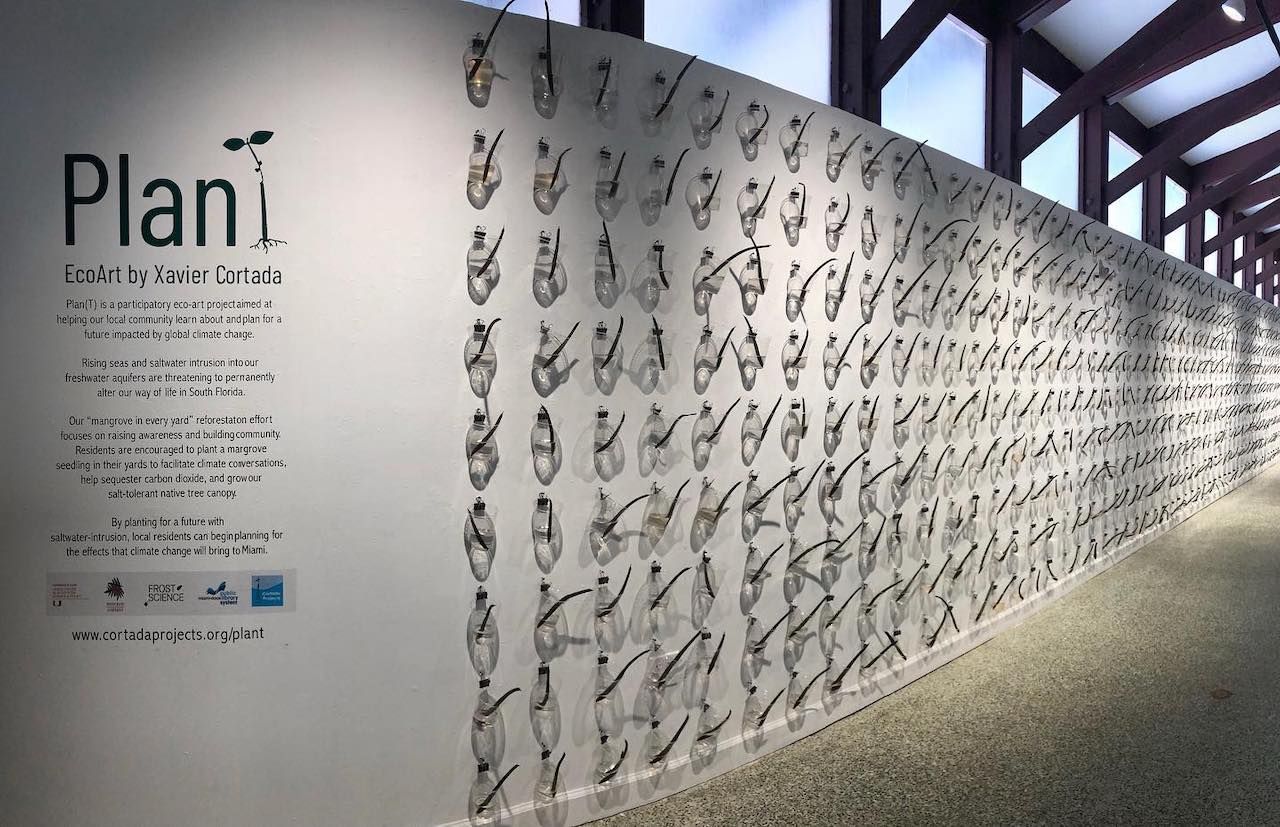To hear Xavier Cortada tell it, Miami’s future is bleak. Real bleak.
“Everybody thinks about sea level rise on Miami’s eastern shoreline, on the ocean and Biscayne Bay,” the environmental artist and University of Miami professor says from a lush tropical garden in southwest Miami-Dade County. “But long before the sea waves start lapping up on your doorstep, it’s gonna come in underground. And that saltwater intrusion will wreak havoc on our community.”


